Hypopigmentation dermatosis
Skin colour makes lot of impact even if it loses its colour. There are some of the skin conditions where skin colour becomes lighter than the surrounding area is also referred as hypopigmentation dermatosis. This hypopigmentation can be because of decreased production of skin pigment – melanin or its deposition in the skin.
Some of the hypopigmentation dermatoses are like –
Vitiligo/leukoderma is a skin condition where person’s own immune system destroys the skin pigment producing cells – melanocyte which results into formation of hypopigmented skin area/white patches. This can be treated but cannot be cured.
Albinism is a skin condition where the skin lacks melanin production resulting in white or hypo-pigmented skin, hair, and eyes. It is a genetic condition.
Tinea versicolor is a fungal skin infection where the affected skin area appears as raised, inflamed, scaly, and lightened patches.
Post-inflammatory hypopigmentation is a skin condition that appears following any inflammation, trauma, or injury to the skin due to acne, eczema, allergic conditions, or psoriasis.
Depending upon the cause, hypopigmentation dermatoses are treated accordingly which may involve topical medications (cream/ointment/lotion), light or laser therapy, or oral medications. Some may also use cosmetic concealers
Faq
Frequently Asked Questions
A. Hypopigmentation dermatosis is referred to those skin conditions where the affected skin is lighter than the surrounding skin area due to lack of melanin pigment or reduced production of melanin.
A. Hypopigmentation dermatosis conditions are of different types like vitiligo, tinea versicolor, albinism, or post-inflammatory hypopigmentation.
- hypopigmentation dermatosis is caused due to many reasons –
- Vitiligo due to own’s immune system destroying the melanin-producing cells in the skin.
- Albinism due to lack of melanin production
- Tinea versicolor due to skin fungal infection
Post-inflammatory hypopigmentation due to skin inflammation, trauma, or injury
A. hypopigmentation dermatosis is diagnosed by physical examination of the affected skin area, and medical history. In rare cases, a biopsy is recommended
A. The multiple treatment options for hypopigmentation dermatosis are topical medication, laser therapy, light therapy, or oral medications. Sometimes, cosmetic concealers are also suggested for aesthetic purposes.
A. Hypopigmentation dermatosis dues to genetic reasons like albinism or other medical conditions cannot be prevented whereas other conditions like tinea versicolor or post-inflammatory hypopigmentation can be prevented by following suggested skin care.






